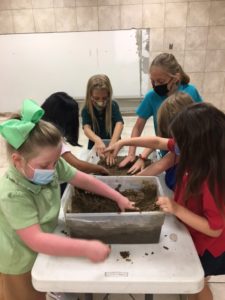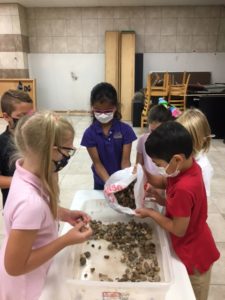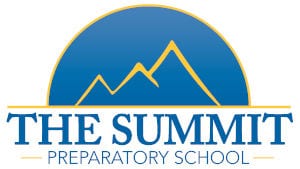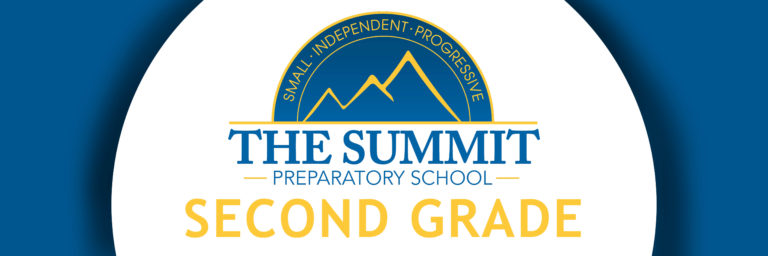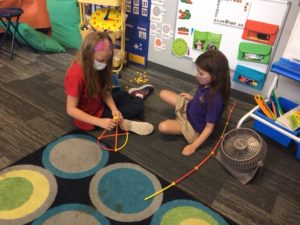
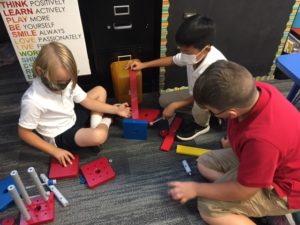
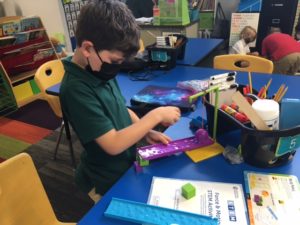
STEM stands for science, technology, engineering, and math. STEM learning projects combine these subjects in order to teach “21st-century skills,” or tools students need to have if they wish to succeed in the workplace of the “future.” The idea is that in order to be prepared for jobs and compete with students from different parts of the world, students here in the United States need to be able to solve problems, find and use evidence, collaborate on projects, and think critically. The key term, when talking about STEM, is integration. STEM curriculum intentionally melds these disciplines. It’s a blended approach that encourages hands-on experience and gives students the chance to gain and apply relevant, “real world” knowledge in the classroom.
Science is everywhere in the world around us. Technology is continuously expanding into every aspect of our lives. Engineering is the basic designs of roads and bridges, but also tackles the challenges of changing global weather and environmentally-friendly changes to our home. Mathematics is in every occupation, every activity we do in our lives. By exposing students to STEM and giving them opportunities to explore STEM-related concepts, they will develop a passion for it and hopefully pursue a job in a STEM field. STEM activities have real-life situations to help students learn. ~ STEAM embraces the 4 C’s identified as key 21st century skills – Creativity, Collaboration, Critical Thinking, and Communication.
“In the 21st century, scientific and technological innovations have become increasingly important as we face the benefits and challenges of both globalization and a knowledge-based economy. To succeed in this new information-based and highly technological society, students need to develop their capabilities in STEM to levels much beyond what was considered acceptable in the past.” (National Science Foundation)
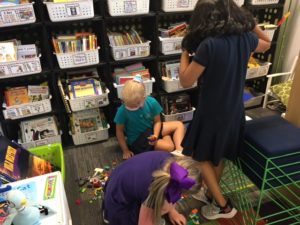
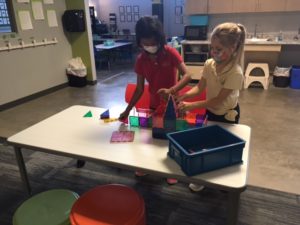
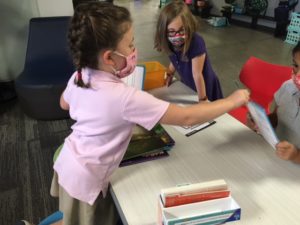
A quality STEM program provides the following benefits:
- It is motivating, engaging, real-world inspired. Knowledge is taught the way it is used in the real world, with concepts and subjects interwoven seamlessly.
- Students integrate and apply meaningful and important content. There is purpose and reason behind everything taught and learned. In short, it makes sense!
- Students engage and apply concepts in a deeper, more thorough way, leading to a greater understanding of the concepts.
- STEM is creative and adaptable, making it accessible to children of all levels of ability. Even within one team, various ability levels can work together and learn together.
- STEM is inquiry based learning, process-focused, and student-centered.
- Lessons incorporate interest led investigations that provide students with ownership over their learning.
- Teamwork, collaboration and communication is a major focus.
- Students have the freedom to thinking critically, creatively and to innovative.
- Opportunities are provided for students to fail and try again in a safe environment.
In second grade, we embrace STEM and all that it entails. We will incorporate STEM activities weekly, (if not daily), in our learning environments! We even have a STEM station to explore.
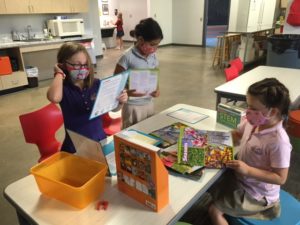
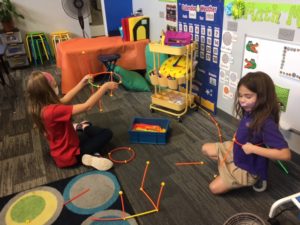
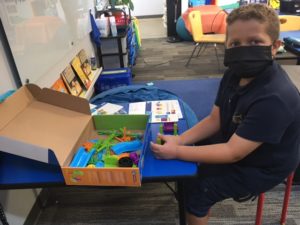
Here at the Summit we continue to emphasis the importance of a quality STEM program. A Summit teacher, Ms. Rhonda Lersch, has rejoined our faculty as a STEM instructor. She teaches classes every Wednesday, planning and implementing STEM projects based on interest level and curriculum, the second graders love her class and look forward to it.
